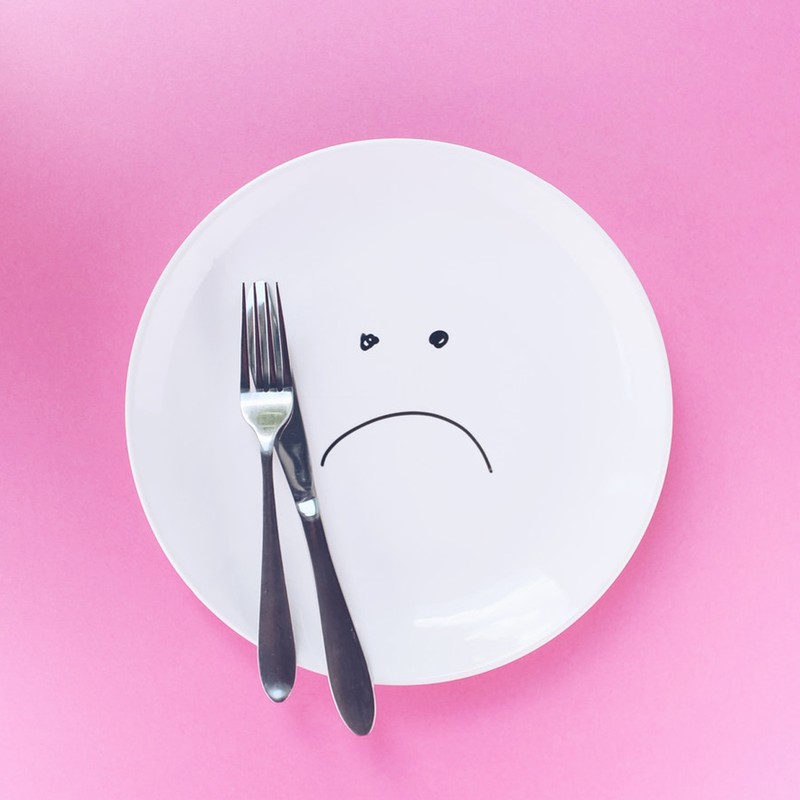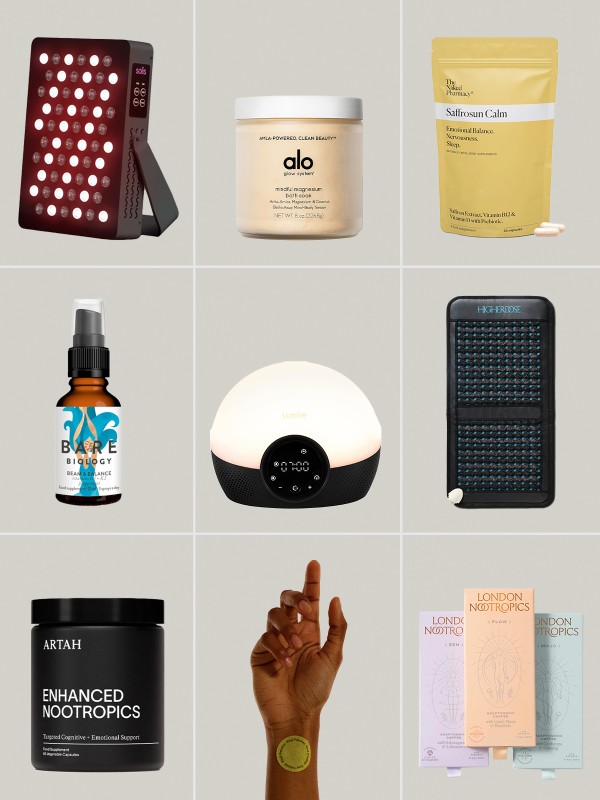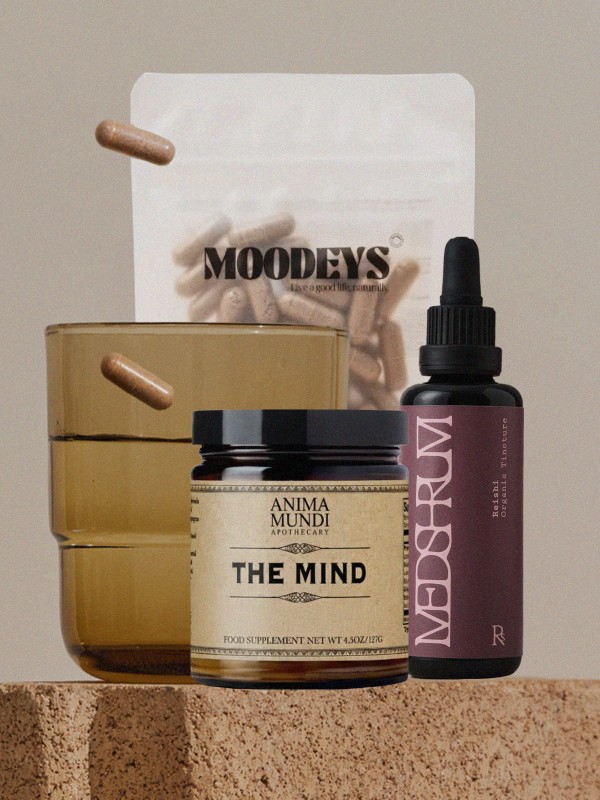We Answer The Most Googled Questions On… Diets
What exactly is a healthy diet?
“A healthy diet provides you with the energy and nutrients you require. It includes a balance of carbohydrates, proteins and fats that suits you. Ideally, it includes a large variety of different foods, particularly vegetables and fruits. A healthy diet incorporates essential fatty acids, such as omega 3 fats from oily fish, and plenty of complex carbohydrates and fibre from sources like whole grains, lentils, beans and chickpeas. Last but not least, a healthy diet is one that you enjoy.” – Sophie Thurner, London Nutritionist
What’s the trick to sticking to a diet?
“Firstly, it's important to set realistic expectations – your goals must be achievable. The number one reason most people fail a diet is because they have unrealistic goals, meaning the diet is doomed from the start. Next, you must establish just why you want to diet in the first place: your overall intention should be to have a healthier lifestyle rather than to get ready for a beach holiday three weeks away. Strict short, medium, and long-term goals must be set. Without these, it’s inevitable that you won’t stick to your diet, leading to failure and therefore creating negative connotations about dieting. And finally, accountability. Tell someone you trust about your diet plans and goals. It’s very easy to quit alone, but having someone to hold you accountable does wonders for sticking to a diet.” – Amine Ould-Laib, Nutritionist at Spoon Guru
What is the ideal daily calorie intake for a woman on a diet?
“Everyone has different calorie requirements; try using this calorie calculator, which is a useful tool to work out how much you need for maintenance. Then, broadly speaking, reduce by 25-30% to lose weight.” – James Collier, Registered Nutritionist and Co-founder of Huel
Weight-loss often doesn’t happen even with a strict exercise regime and controlled dieting. Why not?
“Cardio exercise often causes your appetite to increase, meaning you’re more likely to eat more. You are also more likely to overcompensate with a juice, dried fruit bar or smoothie (consuming the same or more calories than you actually burnt), which can prevent weight loss and leave you confused. Aim to do weight-bearing exercises to build lean muscle, as that will help to increase your metabolism. On average, it would take an hour of high intensity exercise, seven days a week to burn just 1lb of fat. That’s a lot of exercise for a relatively small loss, and this is why the diet side is so important for more significant weight loss. Also, it’s worth remembering that muscle weighs more than fat, which is why I recommend measuring body composition as a more accurate indication of weight loss. People will often find the scales haven’t budged, or even show an increase in weight, but when you take body measurements, you will soon realise that you’ve actually lost inches. So, don’t be too obsessed and disheartened by the scales.” – Rachel Clarkson, Registered Dietitian and Personalised Nutrition Specialist from The DNA Dietitian
Is there a magic formula to losing weight without dieting?
“There are many different diets out there claiming to help you lose weight rapidly, but all-too-often they’re unsustainable and end up having the reverse effect. However, in more recent years there has been a shift in focus to ‘non-diet’ approach, incorporating ideas of intuitive eating and mindfulness. These types of practices look at how you feel about food and eating, rather than dictating what you should and shouldn’t eat. For these practices, there are no foods that aren’t allowed – instead it is about acknowledging what you have eaten. The idea is to not create cravings for forbidden foods, which often leads to over-indulging. The aim of intuitive eating is to make you aware of when you are hungry and when you are full. This is to help stop overeating, so you naturally lose weight, as you only eat what your body needs. In general, the basic principle to lose weight is to make sure the amount of calories you are consuming is less than the amount of energy you use in a day. The simple idea of eating a healthy balanced diet and doing exercise really works,” - Isabel Butler, Nutritionist at Spoon Guru
Eating out when you’re following a diet, is no fun. What’s the best way to enjoy the experience without feel deprived?
“There are three rules to adhere to when you’re eating out whilst on a diet:
1. Enjoy it. Studies have shown that incorporating cheat meals into diets once a week or two weeks increases diet adherence, meaning you’ll find it easier to stick to your diet.
2. Count your carbs. Aim for a dish with a good amount of lean protein like fish or chicken, and vegetables. This helps you feel full, whilst continuing to aid muscle growth and fat loss.
3. Be sensible. Don’t overeat just because you have gone out. So, if you don’t feel hungry enough to eat three courses, then don’t order it.” – Amine Ould-Laib
Why is it necessary to up your vitamin intake on a diet?
“Your body needs vitamins to keep it healthy and functioning. Vitamins all play different roles within the body and so are equally as important. Vitamin A is used for your immune system, stopping you getting colds and infections. It’s found in eggs, fish and vegetables, such as carrots and red peppers. B vitamins are used to keep your skin, eyes and nervous system healthy, as well as being used to make red blood cells. If you are looking for a good source of B vitamins, try eating meat, dairy or leafy greens. Found in oranges and blackcurrants, vitamin C is used to protect cells and help heal wounds. (A lack of vitamin C, although rare, can lead to scurvy.) Vitamin D, also known as the sunshine vitamin, as it is mainly absorbed from the sun, can also be found in oily fish, egg yolks and fortified foods. Vitamin D prevents rickets, a bone deformity, as it is used in the absorption of calcium and phosphate needed for bones, teeth and muscles. Nuts and seeds contain vitamin E needed for skin health and the immune system. While vitamin K for healing wounds and linked to bone health is found in cereals and broccoli.” – Isabel Butler
What is the ‘Noom’ diet and how does it work?
“Noom is an app that allows you to track your food intake by logging your meals. It also provides workout plans, recipes and articles on health topics. Users can set goals and track their progress and receive support from a personal ‘health coach’. It also allows you to connect with a group of peers with similar goals.” – Sophie Thurner
Are there any foods that can reduce high blood pressure?
“The number one food we need to think about when lowering blood pressure is salt. Salt regulates our blood pressure, but too much of it causes high blood pressure. Some great tips are to use herbs and spices to flavour food as a replacement, don’t add salt at the table to your food and remember that there is already so much salt in all the food we buy in restaurants and in convenience foods.” – Rachel Clarkson
Is a vegan diet healthy?
“A vegan diet can be a very good way of ensuring a great nutritional intake. However, vegans will need to pay special attention to their choice of food to ensure that they're having a good intake of all nutrients, taking special care to include good sources of protein, essential fats, iron and vitamin B12.” – James Collier
Lots of celebrities swear by the Keto diet. What actually is it?
“The Keto diet involves reducing carbohydrate consumption in the diet to less than 5% of your daily calories. This means you’ll be eating a whole lot more fats and protein. The theory behind this diet is that the lack of carbohydrates kick-starts the body’s fat-burning starvation mode, called Ketosis. Proponents of the diet revel in the fact they can eat unlimited amounts of cream, butter, cheese, nuts, seeds and any cut of meat they fancy. But nutritionists often say the lack of fruit and vegetables is worrying, in that it provides very little fibre and vitamins. They also say it is possible to put on weight on the keto diet if calories are unrestricted. In recent times it’s become very popular with crossfit athletes, who see it as a way to lose weight and add muscle whilst continuing to train hard.” – Amine Ould-Laib
More people than ever are following a gluten-free diet. Is it good for everyone?
“Gluten is a protein found in cereal grains that are usually harmless, but some people have an autoimmune disease called celiac, where gluten can be very harmful to their health and hence need a gluten-free diet. Some people also have a gluten intolerance, but for most gluten is harmless. Gluten-free products are surprisingly high in fat and sugar which can cause weight gain in those people who don’t even need to be eating gluten free, so don’t be fooled into thinking a gluten-free diet is always a healthier option. If you don’t have any health issues related to gluten, then it’s better to eat it than avoid it.” – Rachel Clarkson
What is the best way to incorporate iron into your diet?
“Iron is present in both plant and animal foods. Plant-based sources of iron include:
- Grains (e.g. oats & rice)
- Legumes (e.g. chickpeas & lentils)
- Leafy greens (e.g. spinach & swiss chard)
- Beans (e.g. pinto & adzuki)
- Soy products (e.g. tofu & soy milk)
- Nuts (e.g almonds & pistachios)
Iron from animal sources is more bioavailable, and therefore more easily absorbed. Animal-based sources include:
- Beef
- Lamb
- Mussels
- Oysters
Iron absorption can be inhibited by tea and coffee, so best not to drink either if you’re eating a source of iron. Vitamin C, on the other hand, increases the absorption of iron. It is therefore beneficial to have some vitamin C with your meal containing iron. Examples are having water with lemon with your meal, or fruit, such as berries or citrus fruit as dessert, or having vitamin c-rich vegetables, such as red bell pepper as part of your meal.” – Sophie Thurner
Is there such a thing as the perfect diet? And if so, what is it?
“A diet based on the Med diet – rich in plant-based foods such as fruit, veggies, nuts, seeds, wholegrains, oily fish, lean proteins. I find both personally and professionally with my clients that increasing fibre is the best bet for sustained, healthy weight loss and the great thing with a fibre diet is you shouldn’t feel hungry. Don’t forget the heart-healthy olive oil too!” – Rachel Clarkson
Is calorie counting really necessary?
“Keeping a food diary and tracking what you eat over a set period of time is a good tool to create awareness around your food intake. Most people are completely unaware of what and how much they eat, not least because food intake is decreasingly becoming a response to hunger cues. Instead, food intake is often done out of habit, for emotional reasons, because of a social situation or out of convenience. Additionally, eating when stressed, in a rush or with distraction (phone, emails, social media) exacerbates lack of awareness, leading to pronounced underestimation of food intake.
Keeping a food log is highly likely to increase awareness, whether this is done with pen and paper or via an app. An app can certainly be a convenient way to track food intake, particularly if all you have to do is take a picture of the meal.
However, meticulous food logging, calorie counting, and macro tracking should only be used as a temporary tool because it can very easily turn into obsessive behaviour that can quickly lead to disordered eating. When used in excess, it can turn into a destructive food neurosis and control issue that not only limits social and cultural experiences, but can also result in a dangerous obsession with a huge impact on your mental and physical health.
Logging food intake, counting calories and tracking macros should therefore only be used to learn information about your own habitual food intake and getting an overview of the nutrient content of various different food groups. The aim should be to be able to gage a healthy diet for yourself without having to rely on scales, an app or a record of what exactly you eat.” – Sophie Thurner
DISCLAIMER: We endeavour to always credit the correct original source of every image we use. If you think a credit may be incorrect, please contact us at info@sheerluxe.com.






